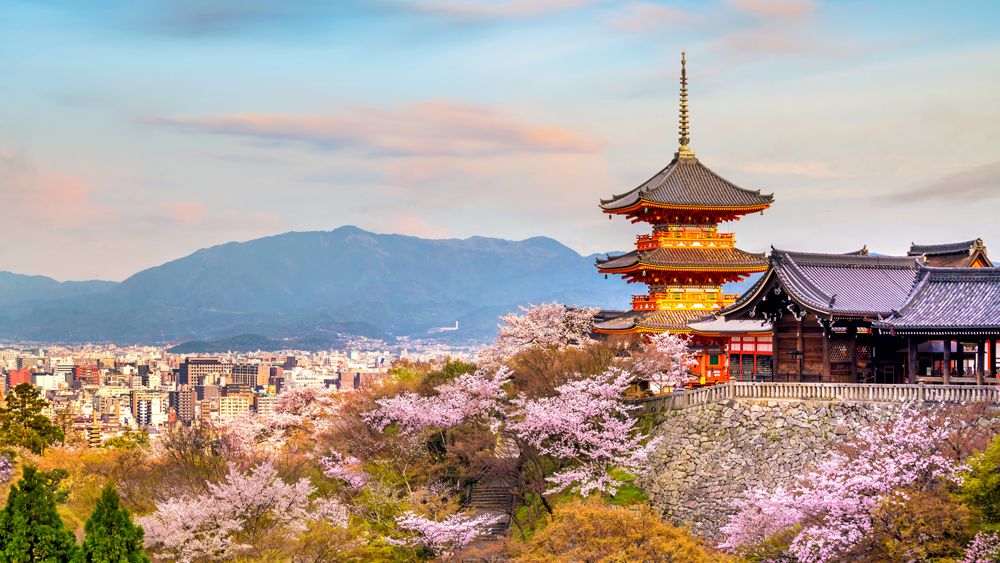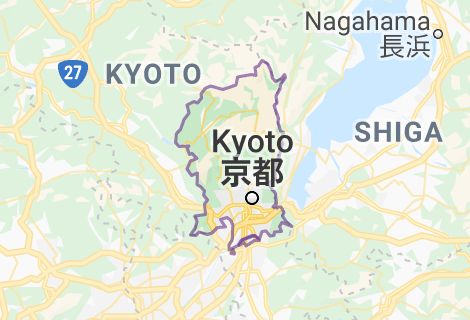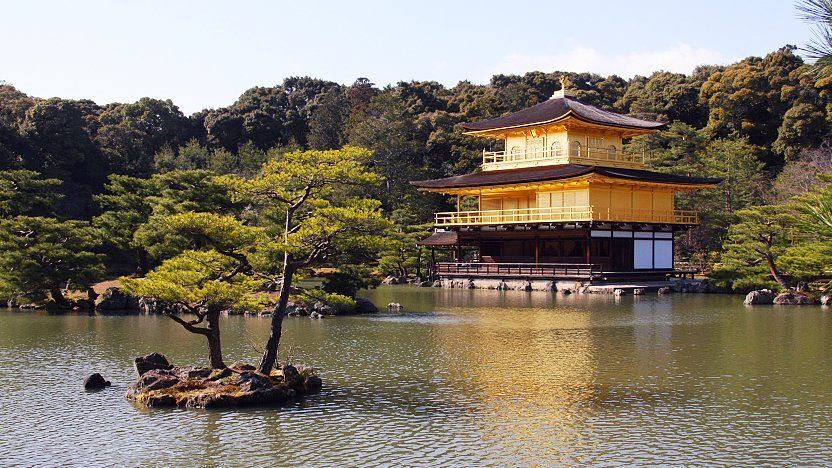Kyoto is a city in Japan located on the Honshu island. It is the former capital of Japan which is famous for its Buddhist Temples, shrines and wooden houses. It was founded in 794 and has a population of around 15 Lakhs. Currently, it is a major metropolitan area. It is home to around 2000 religious places which includes 1600 Buddhist Temples and 400 Shinto Shrines as well as palaces and gardens, which makes the city famous and unique. It is one of the best-preserved cities in Japan. With around 40 institutions for higher studies, it is also one of the academic centers in Japan.

Map

Tourism in Kyoto
Due to the huge number of places to see in Kyoto, traveling all the way to Japan to visit Kyoto is worth the time and money. According to people who have visited Kyoto, one day is not enough to see everything and would hardly cover more than a few places. A minimum of 4-5 day's time should be given to properly tour the city. With more than 2000 places to see, with each one having something different, you would definitely want to see as much as you can and as best as there is.
Safety
Kyoto is considered as the safest place in Japan for tourists due to the quite low crime rate there. People feel safe to be outdoors or using public transports during the night. Just make sure you are cautious and you will be safe and secure in the city.
Weather
Kyoto has a humid subtropical climate. It is known to have pleasant weather in June and July. Sometimes it snows between December and March. Most of the time the snow doesn't stick, but sometimes it does for a few hours.
Attractions of the city
Kinkaku-ji

Kinkaku-ji is a Zen-Buddhist Temple in Kyoto. The word Kinkaku-ji translates to Golden Pavillion. Its top two floors are completely covered in gold leaf. It attracts a large number of visitors every year and is the second most visited place in Kyoto. It was founded in the 19th century by Ashikaga Yoshimitsu and has a Japanese-style architecture. It is surrounded by landscaped gardens and is built overlooking a large pond. It was formerly known as Rokuonji and was burnt in war several times and the present structure was rebuilt in 1955.
Fushimi Inari Shrine

It is a Shinto Shrine dating from 711 A.D. It is famous for the path which features thousands of traditional vermillion torii gates. It is the seventh most visited place in Kyoto and the most important shrine in the city and is dedicated to Inari, the Shinto God of rice. The Shrine building is quite attractive but the major reason that people visit this shrine is to explore the mountain trails.

At the back of the shrine is the torii-gate hiking trail with two parallel rows of gates called Senbon Torii, which translates to thousands of torii-gates. Each gate is a donation by some organisation, company or individual and the name of the donor and the date is inscribed on the back of each gate. The torii gates make the shrine unique and worth visiting.
